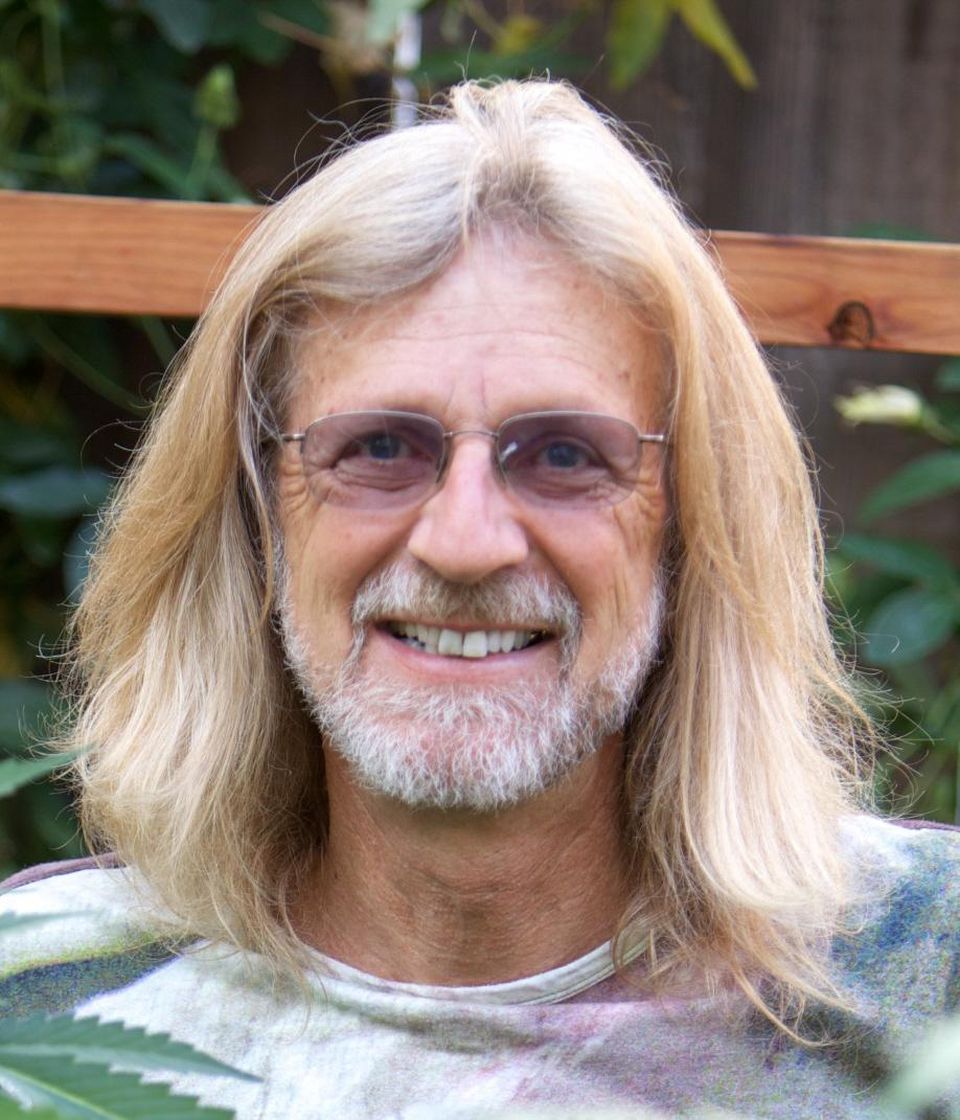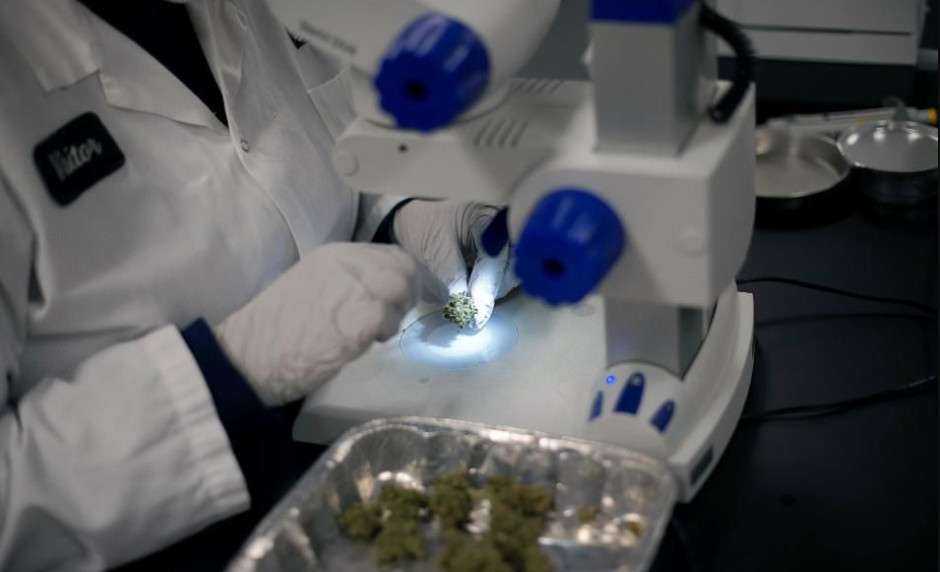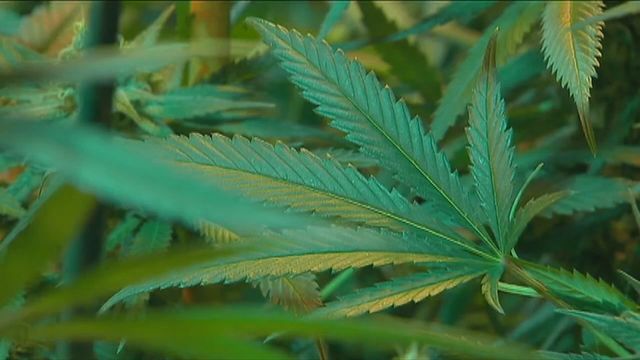There was a period, not so long ago, when cannabis was not a multibillion-dollar business like it is today. That was a time in America when possession of even a tiny amount of weed could yield imprisonment. The plant was almost never referred to by its scientific name “cannabis” and professionals in white lab coats only toked it behind closed doors. Myriad illicit marijuana farms were buried deep in the hills of Northern California weed country, and clandestine meetups, fake names and a sustained state of uneasiness were hallmarks of the time.
But it was also an era of significant growth and steady business development for the cannabis trade. Cultivation experts teased out the hardiest aspects of the plant through trial-and-error hybridization in their makeshift grow labs. Few were actual horticulturalists, but they expertly developed and marketed their pot varietals (known as strains) with catchy brand names like Granddaddy Purple and Maui Wowee. They made boatloads of money, too. A handful of intrepid travelers were also busy smuggling rare marijuana seeds into the U.S. from places like Colombia, Afghanistan and Africa, creating ever-greater weed flavors for a ravenous consumer public in the States. No matter what the futile War on Drugs was proclaiming in the 1980s, it was clear that Americans loved their marijuana — and the purveyors of pot were happy to oblige.
Enter intrepid traveler Jorge Cervantes — the penname of cannabis author, cultivator and videographer George Van Patten. A master of the marijuana plant, his books and YouTube videos over the past 35 years have educated, inspired and delighted countless DIY cannabis cultivators looking for tips on growing cannabis. He’s been compared to travel writer and TV personality Rick Steves for his downhome manner, with a calming dash of PBS’s Bob Ross painting his pretty little trees. While many of Cervantes’ videos portray him standing dwarfed beneath mammoth weed plants — sometimes wearing disguises or zinging out classic lines like, “Shazam! You’ve got a greenhouse!” — suffice it to say that the Rick Steves of cannabis is also an accomplished bestselling writer and researcher.

Credit: www.forbes.com
Cervantes’ first book in 1983, “Indoor Marijuana Horticulture,” has been called the indoor grower’s Bible; and his most recent work, “The Cannabis Encyclopedia,” won him a 2015 Gold Benjamin Franklin Award by the Independent Book Publishers Association, the first of its kind for a pot-related title. His books have been translated into Dutch, French, German, Italian, Spanish and Russian.
Now Cervantes is interested in the science behind identifying different marijuana strains through genetic sequencing. He believes that one particular company — Phylos Bioscience — has got it right. Based in Portland, Oregon, the researchers specialize in “genetic certification for the cannabis supply chain.” Their open-source product, called “Phylos Galaxy,” uses DNA sequence data to map the relationships between thousands of cannabis varieties.
“I really love what Phylos Bioscience is doing,” says Cervantes. “They’re pulling in information from as many sources as they can, and in doing so they’re helping everyone. I think everybody should participate in this genome registration.”
By “everybody,” Cervantes means literally all the cannabis producers out there, big and small around the world, who are interested in positively identifying the heredity of their strains. Because cannabis plants are currently sold under unreliable names, with no regulation of those names, it means inconsistent experiences for everybody — from consumers to farmers. It’s an important distinction for the entire market to know if that strain really is Granddaddy Purple or if it’s Bubba Kush.
Many pot growers — sometimes through no fault of their own — make claims about their cannabis varietals that are inaccurate. Coming from a black-market mentality, where cultivators have for many years shared and purchased hybridized strains from one another, there has been no way to verify the authenticity of plant heredity.
But sometimes it’s a little more fraudulent. Growers may be unwilling to verify their strains because it works to their advantage to not authenticate them and claim a better strain. They can essentially call the product whatever they want, brazenly claiming whatever is hot on the market at the moment. “For many years, it was the guy who made the most noise and spent the most money who had the best strains,” says Cervantes. “They would just make stuff up.”
Nishan Karassik, co-founder and chief innovation officer for Phylos Bioscience, says there’s no getting around what the plant’s genetic information reveals. He explains that he’s witnessed growers arguing online about the veracity of their strain claims. Then one says to the other, “Give it to Phylos to settle it.”
Case closed.
Karassik knows the undeniable proof is there in the DNA and the industry will come around to the usefulness of this genetic information. “The end goal is about consistency,” he says.
For Cervantes’ part, he’s keen to get his own network busy on this — many of them in Europe, who have been around for years in that mature market. “What I want to do is get all the cannabis seed companies and all the growers possible to have their varieties sequenced,” he says. “This is going to change the seed world and provide stronger plants and disease resistance.”
Because the marijuana industry is rapidly maturing in the U.S, Cervantes feels genetic verification is obligatory. “If you don’t have those actual varieties sorted, there’s no consistency,” he says. “You’re selling medicine you can’t register. Before it worked, but now it’s far more sophisticated.”

David Carpenter is a contributing writer for Forbes covering cannabis from an entrepreneur’s perspective. You can visit his company Panther Papers and follow him on Twitter.
Credit: www.forbes.com


